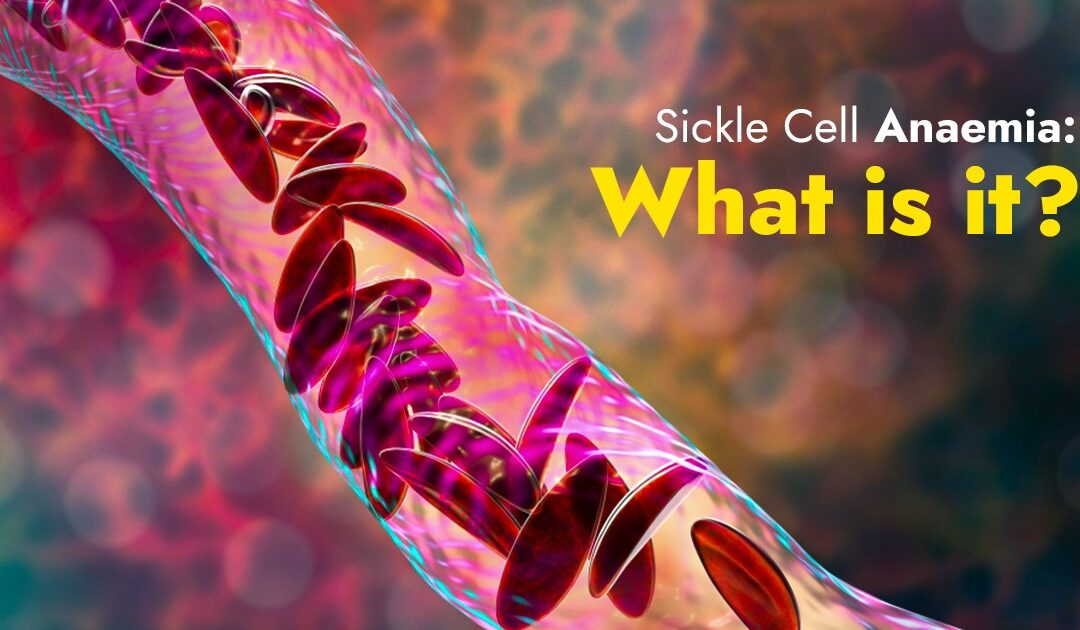Sickle cell anaemia is a type of genetic condition known as sickle cell disease. It alters the structure of red blood cells, which deliver oxygen throughout the body.
Red blood cells are normally spherical and flexible, allowing them to travel freely through blood channels. Some red blood cells in sickle cell anaemia resemble sickles or crescent moons. These sickle cells also become hard and sticky, slowing or impeding blood flow.
What are some symptoms to look out for?
Sickle cell anaemia symptoms often begin around the age of six months. They differ from person to person and may evolve over time. Symptoms could include:
- Anaemia: Sickle cells easily break down and perish. Typical red blood cells last about 120 days before needing to be replaced. However, sickle cells often die in 10 to 20 days, resulting in a lack of red blood cells. This is known as anaemia. The body cannot receive adequate oxygen if there are insufficient red blood cells. This results in weariness.
- Vision issues: Small blood veins that deliver blood to the eyes can get clogged with sickle cells. This can harm the retina, the part of the eye that interprets visual images, resulting in vision issues.
- Delayed development or puberty: Red blood cells give the body with the oxygen and nutrition it requires for growth. A lack of healthy red blood cells can limit growth in newborns and children and postpone puberty in teenagers.
- Swelling in the hands and feet: Sickle-shaped red blood cells prevent blood circulation in the hands and feet, causing them to enlarge.
- Infections occur frequently: The spleen plays a crucial role in infection prevention. Sickle cells can damage the spleen, increasing the risk of infection. Babies and children with sickle cell anaemia frequently receive immunizations and antibiotics to prevent potentially fatal illnesses like pneumonia.
- Painful episodes: Periodic periods of intense pain, known as pain crises, are a major symptom of sickle cell disease. Pain occurs when sickle-shaped red blood cells obstruct blood flow through small blood veins in the chest, abdomen, and joints.
What are the causes?
Sickle cell anaemia is caused by a genetic alteration that instructs the body to produce haemoglobin. Haemoglobin is an iron-containing substance found in red blood cells that helps them to transport oxygen from the lungs to the rest of the body. The haemoglobin linked with sickle cell anaemia causes red blood cells to become hard, sticky, and misshaped. For a child to have sickle cell anaemia, both parents must carry one copy of the sickle cell gene and pass it on to their child.
Sickle cell anaemia is a difficult hereditary disorder that necessitates continual medical treatment and control. While symptoms vary, recognizing warning signals such as exhaustion, pain episodes, and repeated infections is critical for early diagnosis and treatment.
The good news is that sickle cell anaemia management has advanced significantly. Early diagnosis, regular healthcare visits, and adherence to treatment programs can all considerably enhance the quality of life for persons living with the condition.
Follow us

